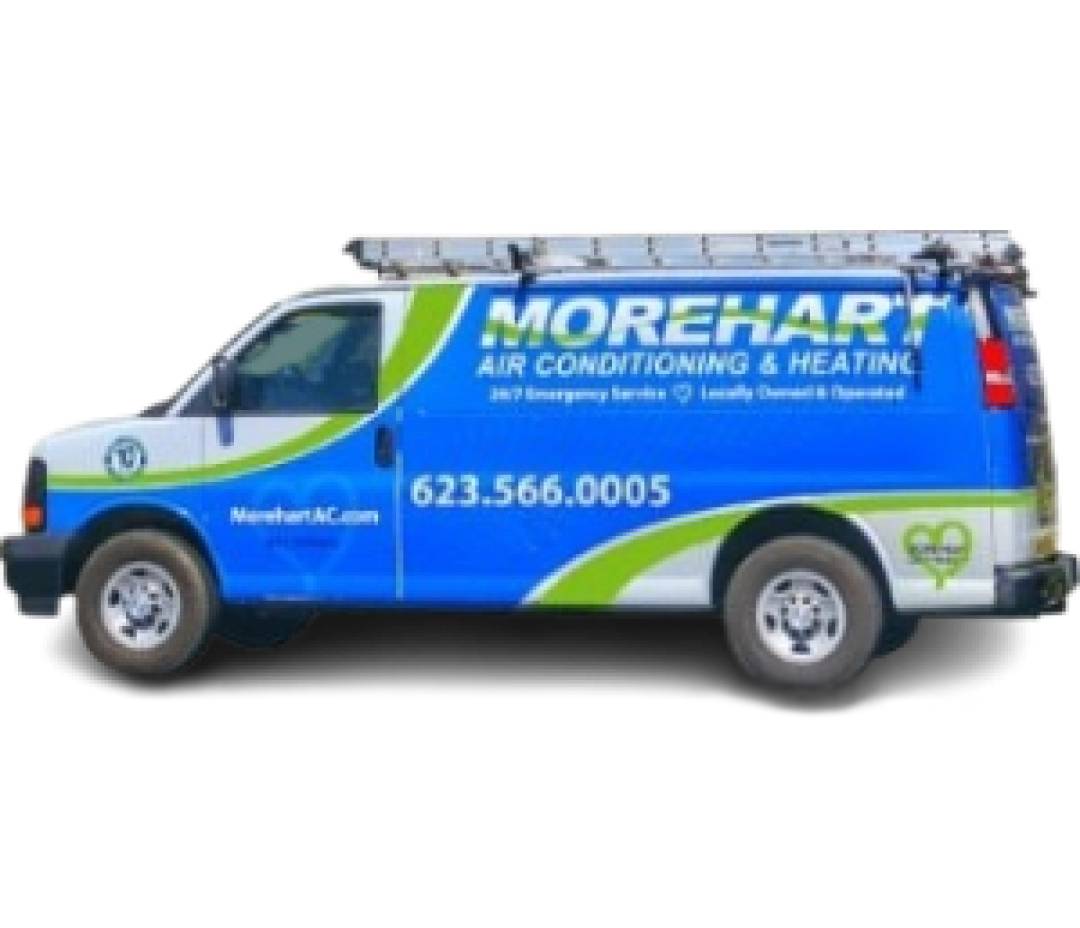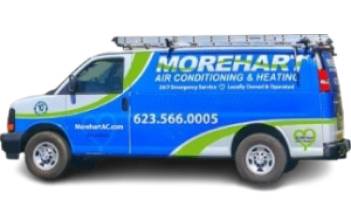
Nasal allergies affect some 50 million Americans each year, according to the American College of Allergy, Asthma & Immunology. Making sure your indoor living environment is free of dust, mold and bacteria is one way to keep your allergy sniffles away this spring. Josh Morehart, president of Morehart Air Conditioning & Heating, offers a few home air quality tips for the coming spring season.
Air Filter Basics
For years, Morehart has told customers to use the electric bill as a monthly reminder to change the home air filter. However, the type of filter used could be a major factor in the life span of your furnace or heat exchanger as well as the overall air quality in your home.
Filters that claim to only need changing every three months can be hard on furnace motors, constricting air and the system’s ability to circulate air throughout the home. “These filters are good, but they’re almost too good,” he adds. Morehart suggest a high-quality pleated 30-day filter. Glasfloss is one brand he trusts.
Morehart also tells customers to evaluate a filter’s MERV (Minimal Efficiency Reporting Value) rating, which is an indicator of the size of the holes in the filter that allow particles to pass through. Rated from one to 16, the higher the rating the smaller the holes and the fewer the number of particles and airborne contaminants there are that can pass through the filter. However, a very high rating can still restrict adequate airflow to your heating and cooling system. That’s why adequate MERV ratings for home use range between seven and 12, while surgery centers and hospitals with higher powered systems are more likely to use ratings between 13 and 16.
Homeowners can also opt for quality electrostatic filter products that come with a lifetime guarantee and can be cleaned each month for re-use.
Air Filtration and UV Light Systems
From HEPA filtration to air-ionization products, the market is abuzz with air filtration systems, many of which claim major reductions in dust, dander, mold and bacteria in your home. Morehart recommends the Air Scrubber Plus system, a technology developed in cooperation with NASA for use on the International Space Station. It uses germicidal UV light along with a unique catalytic process to create oxygen and hydrogen molecules that actually clean the environment, including hard surfaces.
There are other UV light air purifying systems offered by major brands like Honeywell, Morehart added, that can be beneficial, too. UV purifiers must be installed near the coil inside a furnace or heat exchanger and shine directly on the downstream (cool) side of it in order to eliminate bacteria, dust and mold before it enters your ducts.
“With condensation naturally occurring in coils, it’s an ideal place for bacteria and mold to grow, so the UV systems can be very helpful,” he added.
Duct Cleaning Done Right
If you live near an open desert area, keep doors and windows closed as much as possible to keep dust and allergens down, Morehart adds. He also says small dust streaks on vents can be a tip-off that it’s time for a duct cleaning.
Unfortunately, the duct cleaning industry is rife with unscrupulous service providers. Poor service starts by cutting corners and it’s not uncommon for some duct cleaners to skip removing some air vents. Also, ask about equipment, the HVAC pro noted. Morehart uses a roto-brush system that literally walks the ducts with a camera mounted to it. He also uses a medical grade sporicide.
“This is something that should take two guys two to three hours to do,” he added. “If it’s done right, you really only need it cleaned every three to five years.”
This story is provided and presented by our sponsor.
Contact Morehart’s Team
Morehart Air Conditioning & Heating enjoys an A+ rating from the Better Business Bureau. To learn more about energy efficiency solutions, air quality, and AC and heating system safety for your home call 623-566-0005 or visit our indoor air quality page.




